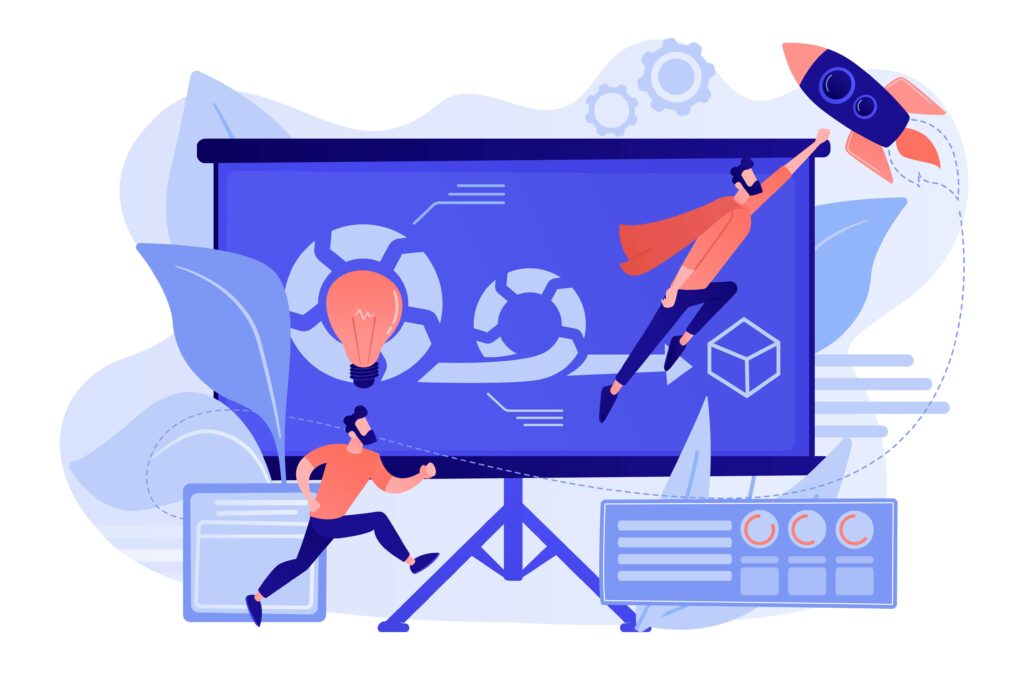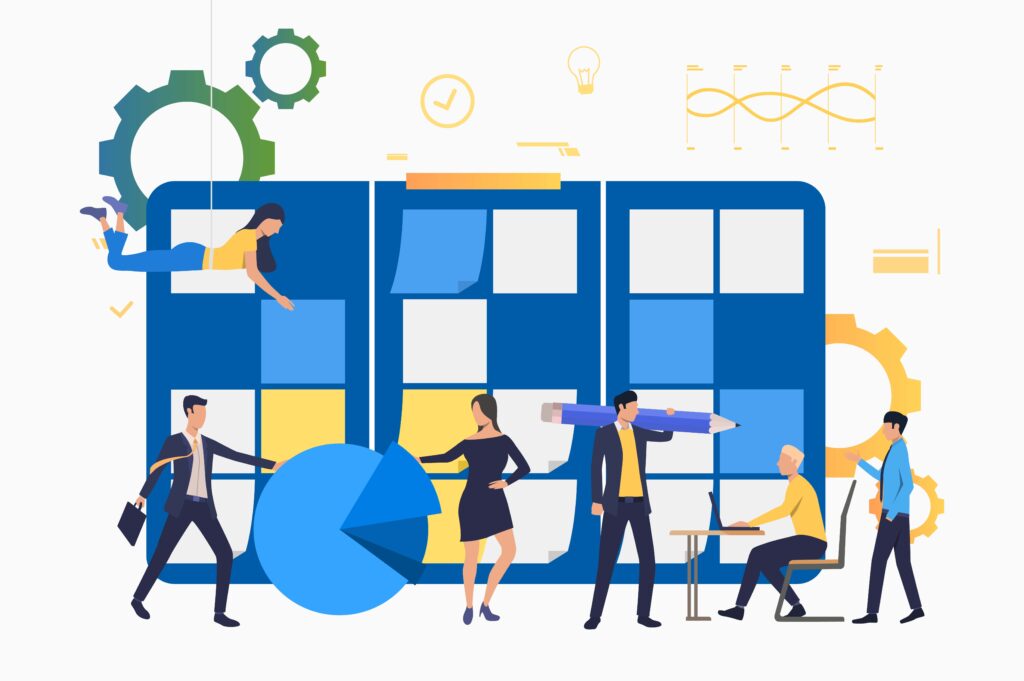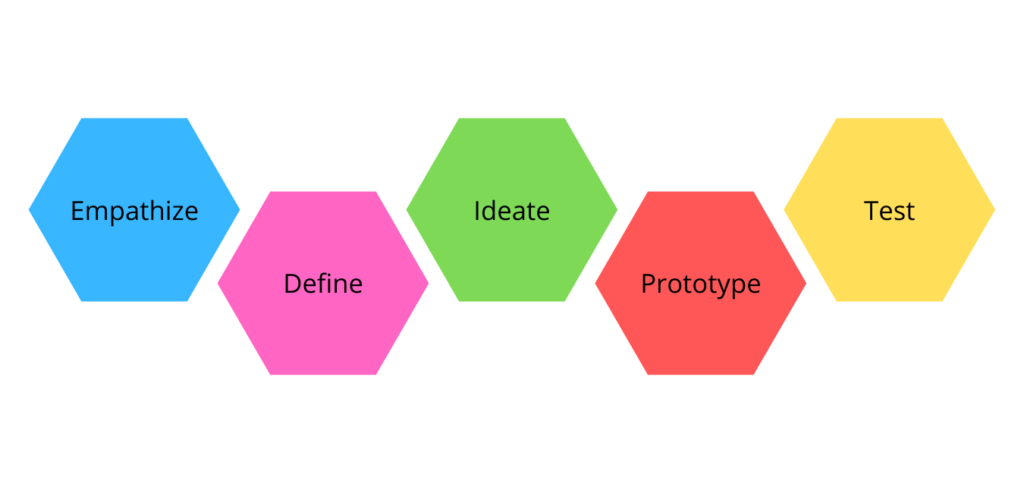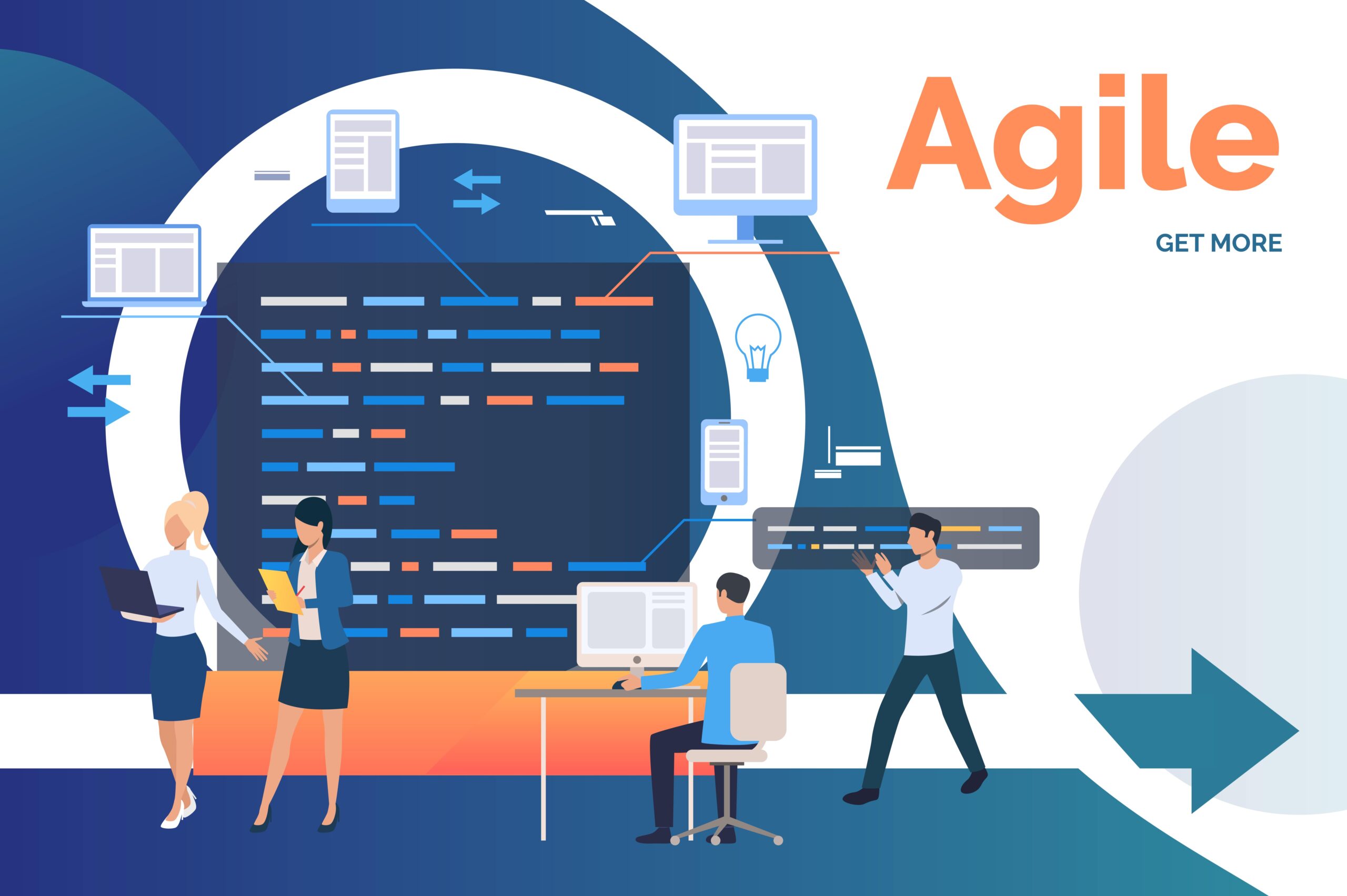Agile Methodologies
You’ve probably heard of them. You’ve also heard of blockchain or big data. They are terms that are fashionable and from Possible we want to help you clarify and know a little more about these terms. Today we will focus on agile methodologies.
These methodologies allow us an agile adaptation of the way of working to the conditions of the project. One of the main benefits is the great flexibility they provide in the face of unforeseen events that increasingly occur in such changing environments as the one in which we currently live.
At Possible, these methodologies are part of our DNA and we want to tell you more about them so you can assess whether they can benefit your organization.
What are agile methodologies?
The term and concept of agile methodology was born in the technology sector, the first to develop the first methodologies since the management of projects in a traditional way was no longer efficient. Today it has spread to almost all sectors as its benefits are obvious and its easy adaptation makes them accessible to projects of any size.
Its “official” birth is set in 2001 with the signing of the Manifesto Agile by CEOs of different multinationals. In this manifesto, they brought together the good practices of their companies and created a new work philosophy. Bringing together the good practices of their companies, this manifesto was articulated with a new philosophy of work.
Agile methodology not only involves a new way of managing projects efficiently but also involves increasing the level of collaboration between teams and the level of autonomy or self-organization of these.
There are different methodologies and some have variants that adapt to projects or sectors. The important thing is to know the benefits that would bring us to choose which one or which to implement and know that we can adapt them to our day-to-day to make the most of their potential.

What are the benefits of agile methodologies?
The advantages and benefits of implementing agile methodologies are innumerable and vary from one project to another and depending on the state from which we start.
Some of the benefits are:
The focus on people
This is one of the main premises of agile methodologies. It is the first point of the agile manifesto: individuals and interactions on processes and tools.
It helps us to focus on the team and thus foster a collaborative culture and improve the motivation of the people who are part of the organization. This, in turn, implies greater productivity and improved competitiveness of the company.
It enhances the accountability of team members, greater autonomy, and transparency.
In agile methodologies, collaborative work is encouraged. This makes each member of the team play an important role in the project by taking responsibility for a part of it. This favors that the responsibility that each person develops increases and their autonomy also.
On the other hand, constant communication and the availability of information promote greater transparency for all team members.
Helps prioritize and make decisions
With a periodic and fluid monitoring of the work, absence of hierarchies and constant communication, decision-making is much more agile and the prioritization of tasks arises naturally.
Improves response time to changes
This is one of the origins of agile methodologies and their main reasons. Agile management allows the team to adapt quickly to changes in the environment. They also help to avoid or cushion problems arising from not adapting the project to such changes.
Cost reduction
Agile management allows us to identify changes and unforeseen events quickly and when they are still resolved. We will thus avoid reaching the end of the project and realizing that it does not help because the need has disappeared or the proposed solution has become obsolete.
If you have to cancel the project we will do it at an intermediate time so the cost is reduced and if you have to change any feature we will do it with a lower change cost when detecting it at an earlier stage.
What are the most commonly used agile methodologies?
Surely they will be known to you and if not from today they will. Scrum, Kanban, or Design Thinking are the most used agile methodologies and those that have spread to more sectors.
SCRUM
Scrum is a framework with a set of good practices to promote teamwork and get the best result out of a project. It is defined as a framework since it can be adapted to the reality of each project to favor its implementation and maximize its benefits.
It is based on the development of projects incrementally. By this we mean short development cycles, called sprints, that end with a partial delivery of the project that adds value to the client.

Before each sprint, which will preferably last between two weeks and a month at most, a planning meeting is held to specify what will be done during that cycle. During this sprint, daily follow-up meetings are held to know the status of the project, impediments that arise, and detect any unforeseen events that need to be addressed in an agile way. These daily meetings will last a maximum of 15 minutes and must be effective and agile.
The Scrum methodology allows us to approach complex projects with a flexible approach and a quick adaptation to any change in the environment. This makes it easier for us to deliver in a timely manner as well as reducing costs and minimizing errors.
Kanban
Have you seen meetings or rooms with panels divided into several columns and full of post-its? They were probably using Kanban.
This methodology, also known as a “visual card”, is very useful to visualize the status of the tasks of a project according to whether they are pending, in process, or finished tasks.
We use a board, divided into these three columns, where we will fix cards with summary information of each task to be performed. Once someone on the team starts working on this task we move the card to the “in-process” column and once it is finished the card is advanced to the “finished” column.

There are variations that include, for example, states such as “under verification” or “blocked” within the “in-process” column to better reflect the reality of the project.
Another of the Kanban tools that are very useful are the WI limits (Work in progress) that allows us to set a limit of maximum tasks that can be in the “development” phase, thus helping us to focus on few tasks that can advance in an agile way.
As you can intuit the Kanban methodology has as its main benefit to know the current state of each project task visually and to know the level of development of the project.
Design Thinking
Desing Thinking is a methodology that allows us to develop products quickly, adapted to the market, and validate them reducing time and costs.
It is based on 5 phases: empathize, define, devise, prototype and test.
In the last two phases lie most of its benefits and agility. Prototype and test allow us to reduce the investment in the first development and test it in the market to detect if it generates interest or if it needs changes.

Let’s look at a brief definition for each phase:
Empathize: This is the phase in which we put ourselves in the user’s shoes. It can be done, for example, via interviews or by observation. The key is to seek to fully understand the needs of the potential user.
Define: once we have empathized with the potential user and understood their needs we must filter and select the information that is really useful to identify what would really add value. We must identify the key problems for which we must devise a solution.
Ideate: at this stage, it is essential to get rid of predefined ideas and not put limits on the imagination. It is about thinking about possible solutions, whatever they may be, to the problems we want to solve. They usually use dynamics that allow us to do a “brainstorming” and go purging it until we arrive at ideas that are achievable.
Prototyping: This is the phase of making ideas palpable. We must build prototypes of the solution, or solutions, that we have selected to detect the necessary improvements that we will need to make before reaching the final product.
Test: it is time to test the prototype that we have prepared with the end user for whom we developed the solution. It is the feedback phase where we will collect information from the user experience to refine our prototype until we reach the final product.
Are agile methodologies for my company?
Agile methodologies, contrary to what many people think, are not only for large companies. Any company that works as a team for the development of projects, regardless of their size, will benefit from the application of agile methodologies.
What you should do is go deeper into the subject, know the options you have and let yourself be advised to identify which methodologies you have to choose and how to adapt it to your project.
Nowadays many companies use agile methodologies, surely in your close environment, you will know who can tell you their experience and so, little by little, see how you can benefit your day-to-day being more “agile”.



